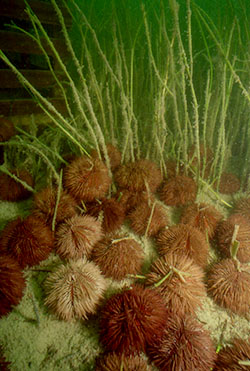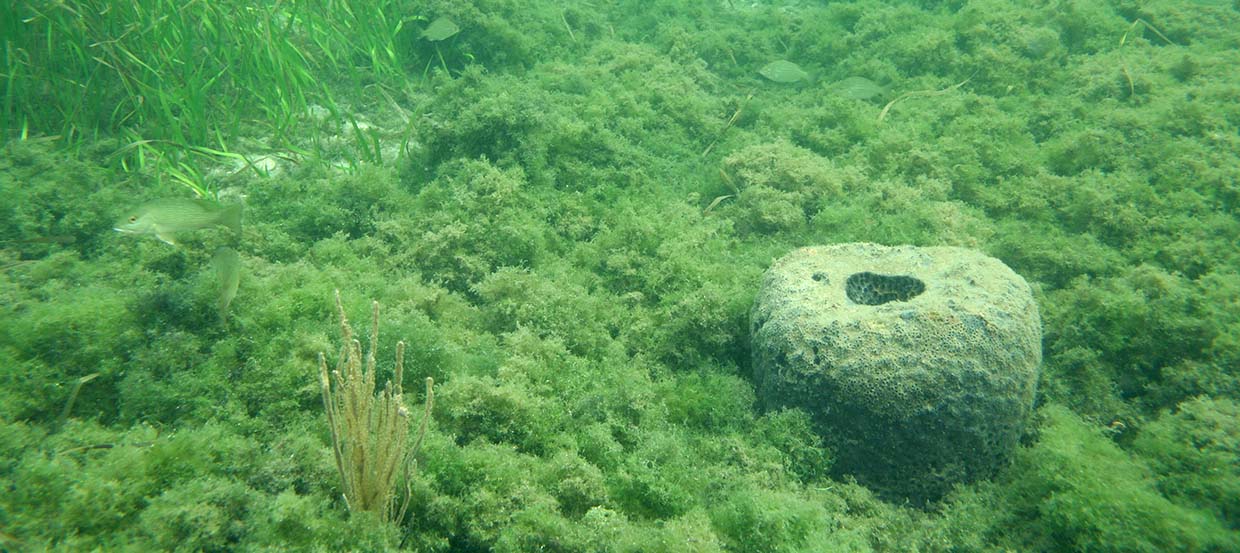
The Integrated Biscayne Bay Ecological Assessment and Monitoring (IBBEAM) program was implemented in 2012 to monitor Comprehensive Everglades Restoration Plan (CERP) implementation impacts on Biscayne Bay nearshore ecosystems and involves field sampling, laboratory procedures, database management, and statistical analyses. With collaborators from NOAA (J. Browder, J. Serafy) and the National Park Service (H. Jobert, A. Bourque), IBBEAM monitors: 1) salinity regimes, 2) SAV communities, 3) SAV-associated fish and invertebrate communities, and 4) mangrove-associated fishes along the nearshore habitats of western Biscayne Bay. The goal of IBBEAM is to quantify key relationships between salinity and diversity, distribution, and abundance of SAV, epifaunal fishes and invertebrates, and shoreline fishes and formulate performance measures and targets to assess CERP implementation effectiveness.
Publications
Lirman, D., Thyberg, T., Santos, R. et al. SAV Communities of Western Biscayne Bay, Miami, Florida, USA: Human and Natural Drivers of Seagrass and Macroalgae Abundance and Distribution Along a Continuous Shoreline. Estuaries and Coasts (2014) 37: 1243. https://doi.org/10.1007/s12237-014-9769-6
Rolando O. Santos, Diego Lirman. Using habitat suitability models to predict changes in seagrass distribution caused by water management practices. Canadian Journal of Fisheries and Aquatic Sciences, 2012, 69(8): 1380-1388, https://doi.org/10.1139/f2012-018
Santos, R., Lirman, D., & Serafy, J. (2011). Quantifying freshwater-induced fragmentation of submerged aquatic vegetation communities using a multi-scale landscape ecology approach. Marine Ecology Progress Series, 427, 233-246. Retrieved from http://www.jstor.org/stable/24874690






